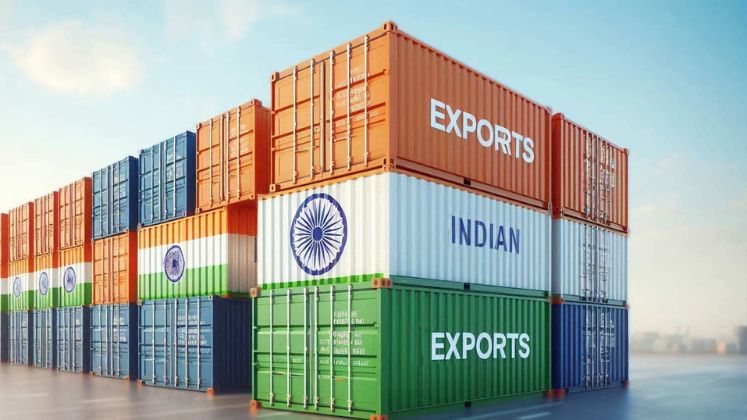
Govt mulls easing trade barriers between export zones and domestic market to boost manufacturing and competitiveness
NEW DELHI : India is exploring ways to ease restrictions between its Special Economic Zones (SEZs) and the domestic market to allow smoother movement of goods and services, in a bid to strengthen both exports and manufacturing.
According to an Economic Times report, the proposal forms part of ongoing deliberations between the Prime Minister’s Office (PMO) and the commerce and revenue departments, aimed at making SEZs more competitive amid global trade uncertainty.
Introduced in 2000 as liberalised duty-free enclaves to encourage exports, SEZs currently account for nearly one-fifth of India’s total goods exports.
However, their rigid framework and strict separation from the domestic economy have often limited their potential. Officials said the government is reviewing options to relax some of these constraints.
“There are some issues that the SEZs face…These issues are being examined,” a government official was quoted as saying by ET.
Among the measures under consideration are rationalising customs duties on sales from SEZs to the Domestic Tariff Area (DTA), permitting payments for domestic services in Indian rupees instead of foreign currency, and enabling domestic firms to send goods to SEZs for outsourcing.
Officials noted that these discussions are still at a preliminary stage. The intent is to help SEZs achieve the scale and dynamism originally envisioned by removing friction points that restrict flexibility and growth.
“Some measures are under consideration,” another official was quoted, adding that stakeholder consultations are underway.
The current SEZ Act of 2006 may need amendment to accommodate such changes, given that the law was designed to regulate these zones separately from India’s broader trade policy.
In FY25, exports from SEZs rose 7.4 per cent to Rs 14.57 lakh crore from nearly 6,300 units across 276 operational zones.
Industry leaders have long argued that SEZ manufacturers face a relative disadvantage compared with firms in countries that enjoy Free Trade Agreements (FTAs) with India.
They have proposed that duties on domestic sales from SEZs be aligned with FTA rates.
The industry has also urged the government to allow subcontracting for DTA units during export slowdowns, rationalise duty levies similar to the Manufacturing and Other Operations in Warehouse Regulations (MOOWR) scheme, and provide flexibility in accepting INR payments for domestic transactions.
The broader goal is to make SEZ regulations more adaptive and responsive to business realities in an increasingly volatile global environment.
